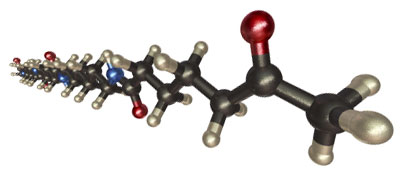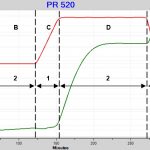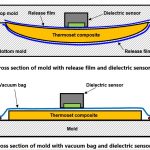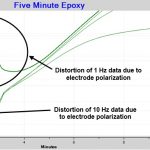Guest Post by Huan Lee, Lambient Technologies When temperature is constant, it is easy to understand how dielectric measurements indicate cure state—only the degree of cure affects the ion viscosity of a thermoset or composite. However, ion viscosity actually depends on both degree of cure and temperature, and accounting for temperature is necessary to correctly interpret ... [Click to Continue...]
Dielectric Cure Monitoring Part Four: AC and DC Cure Monitoring Through Release Films and Vacuum Bags
Guest Post by Huan Lee, Lambient Technologies In my last post I discussed boundary layers caused by electrode polarization and the resulting distortion of ion viscosity data. Boundary layers also arise when dielectric sensors measure through release films and vacuum bags, and it is well worth understanding how AC signals probe cure state through them. Figure 1 illustrates ... [Click to Continue...]
Dielectric Cure Monitoring Part Three: Boundary Layer Effects in AC and DC Cure Monitoring
Guest Post by Huan Lee, Lambient Technologies In my first post we saw dielectric cure monitoring (DEA) uses AC signals to measure the electrical properties of a thermoset or composite. Under certain circumstances when materials are very conductive, a phenomenon called electrode polarization (EP) may cause abnormally high apparent ion viscosities [1]. Electrode ... [Click to Continue...]
Dielectric Cure Monitoring Part Two: Cure Monitoring for Bulk Molding Compounds (BMC)
Guest Post by Huan Lee, Lambient Technologies The curing behavior of Bulk Molding Compound (BMC) was observed using a high-speed dielectric cure monitor that can follow thermosets that react to completion in less than a minute. Bulk Molding Compound is generally the same material as Sheet Molding Compound (SMC) but in bulk form, so the analysis of results can apply to SMC as ... [Click to Continue...]
Dielectric Cure Monitoring Part 1: What is Dielectric Cure Monitoring?
Guest Post by Huan Lee, Lambient Technologies Huan Lee from Lambient Technologies will provide a series of guest posts covering new advances in dielectric cure monitoring, also known as Dielectric Analysis (DEA). DEA is the only method that can measure cure state in real time under actual process conditions, DEA can generate results in the laboratory that are directly ... [Click to Continue...]




